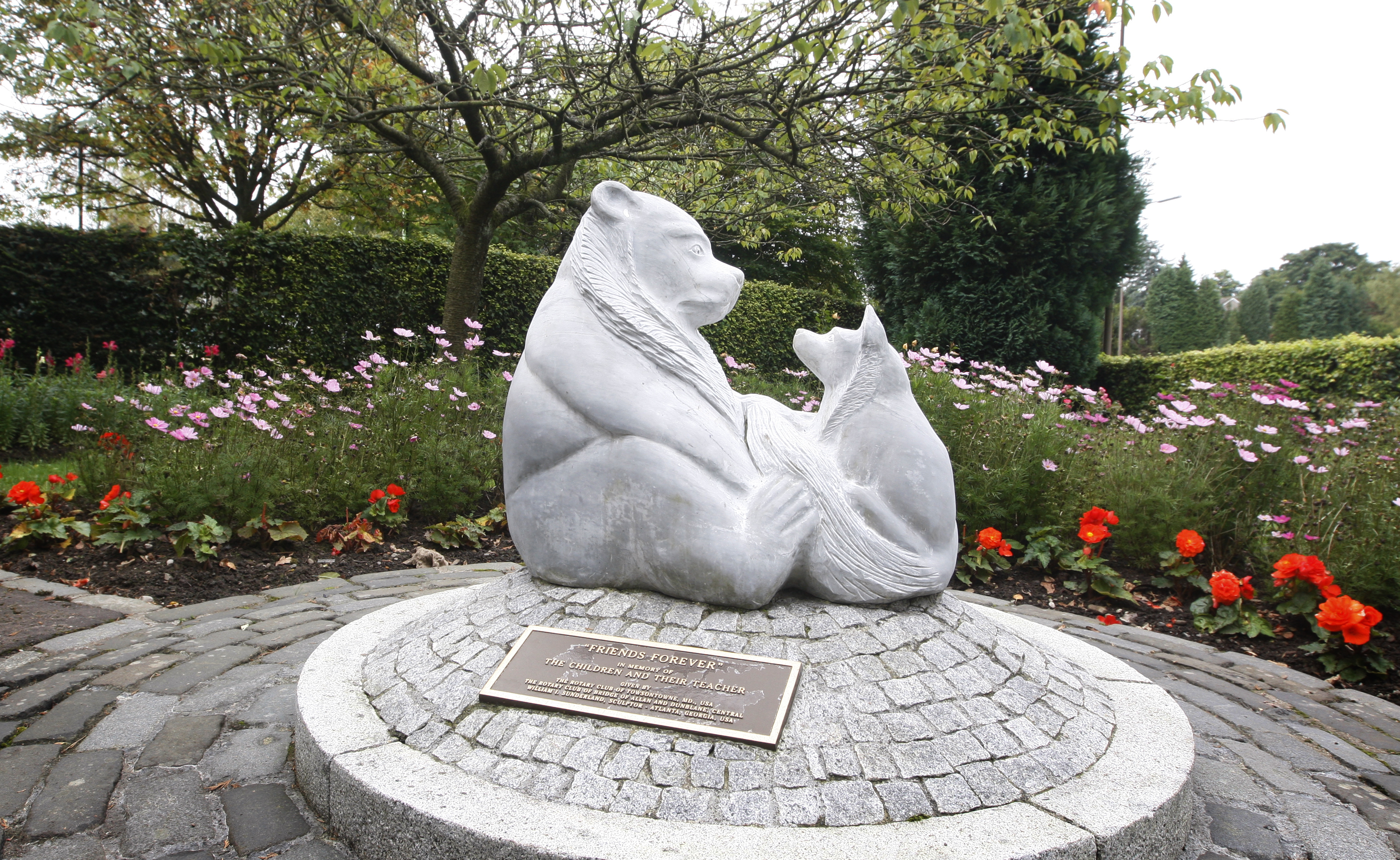
John McEwan, 69, opened his heart to The Sunday Post as the nation prepares to mark the 20th anniversary of the primary school massacre. He is one of a legion of forgotten heroes scarred forever by what they saw that day.
He had dedicated his life to serving others while working for the Scottish Ambulance Service.
But following the horrific events of March 13, 1996, his heart was no longer in the job.
Everything after Dunblane just seemed too “trivial” to him in comparison with the horrors he had witnessed.
“I’ll never forget seeing distraught parents sprinting across the school grounds to find out if their kids were dead or alive and the relief mixed with guilt on their faces of those whose were safe.”
He can remember the immediate aftermath of the event like it was yesterday, along with the eerie silence as the children were in too much shock to make a sound.
“I was so angry that someone could do this,” he added.
“But I had to stay focused and we all kind of went into autopilot to do what needed to be done.
“Even those just hearing the dispatches in control rooms were terribly distressed and those who weren’t there felt guilty.”
Next weekend marks two decades since Hamilton’s murder spree in the school.
The devastating day left 16 pupils dead along with teacher Gwenne Mayor, who was shot trying to protect the youngsters.
The events contributed to anguished John leaving the Scottish Ambulance Service three years later.
“I never functioned as well afterwards,” he said. “I had no patience for the administrative side of the job because it all seemed so trivial. I just couldn’t do it any more.”
John saw so much death in his 22-year career, including leading rescue efforts at the Lockerbie bombing, that he was asked to lecture at several universities – but said his experiences took their toll.
“Disasters seemed to follow me around,” he said.
“You only have so much petrol in the tank and when the only people you see are bleeding, sick and dying, the cumulative stress eventually brings you to the end of your tether.”
The attack inspired him to work with people suffering post-traumatic stress disorder and he later opened a hypnotherapy clinic with wife Kate to help those like the Dunblane survivors.
Former Dunblane pupil Steven Hopper was 11 when Hamilton turned his guns on his classroom next door to the gym.
For what seemed like hours, Steven huddled on the floor fearing he and his friends would be the next to be targeted.
“I was thinking about how I could escape if he came in, choosing between the main door and the fire escape,” he said.
“After someone told us it was over I started worrying about my friends and eight-year-old brother Andrew because I didn’t know who was in the gym at the time.
“It was two hours before Andrew and my dad came to get me and I knew he was all right.”
Steven, 31, who still lives in Dunblane with his brother and works at a nursery, played football for Hamilton in the years before the massacre and remembers him as an inflexible, authoritarian coach, but he never thought he was a killer.
“He used to make us run around without shirts on which looking back was strange, but as kids we didn’t know his history.
“I guess you don’t often notice these things until it’s too late,” he said.
In a BBC documentary to mark the anniversary, former head teacher Ron Taylor, 63, describes how he is still consumed with guilt by the tragedy.
“It was unimaginably horrible to see children dying in front of you. I felt enormous guilt – more than a survivor’s guilt. It was my school, I felt violated,” he said.
“As a headteacher what happened to me that day was the worst experience any headteacher could have. People have to cope in their own way.
“One of the things I have at home is a box full of newspaper articles.
“And it includes my own written version of the events of the day and I did that to help. I locked it away and thankfully I have never looked at it again.”
READ MORE
Survivors of Dunblane massacre tell of battle to ‘power on’ in new documentary

Enjoy the convenience of having The Sunday Post delivered as a digital ePaper straight to your smartphone, tablet or computer.
Subscribe for only £5.49 a month and enjoy all the benefits of the printed paper as a digital replica.
Subscribe